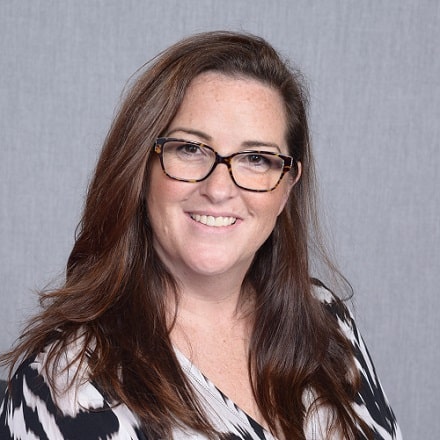Coding with modifiers, part 3: Modifier 59 made easy
July 14, 2017 | Rebecca Bailey
Modifiers help tell the story of what the provider did or didn’t do, but too often we get confused when to use the right ones; I like to call it “Modifier Madness.” Just when you think you have it figured out, you find some new information that makes you second guess how you have been using it! I am no different than anyone else, and I love learning, so I thought let’s tackle this thing together.
When my colleagues and I had a conversation about what modifiers have the most room for interpretation, we thought of modifiers 24, 25 and 59. So let’s unpack the mystery or the “madness” around these. I will dive in to modifier 59. I will define the modifier, give an explanation surrounding the definition and provide some examples and hopefully, provide some insight into the madness!
The CPT Manual defines modifier 59 as follows:
“Distinct Procedural Service: Under certain circumstances, it may be necessary to indicate that a procedure or service was distinct or independent from other non-E/M services performed on the same day. Modifier 59 is used to identify procedures/services, other than E/M services, that are not normally reported together, but are appropriate under the circumstances. Documentation must support a different session, different procedure or surgery, different site or organ system, separate incision/excision, separate lesion, or separate injury (or area of injury in extensive injuries) not ordinarily encountered or performed on the same day by the same individual. However, when another already established modifier is appropriate, it should be used rather than modifier 59. Only if no more descriptive modifier is available, and the use of modifier 59 best explains the circumstances, should modifier 59 be used.”
That should clear it all up, right? NO… so, what does all the mumbo jumbo mean?
First, we need to understand the different settings for patient care. The settings are inpatient, outpatient and professional services (Provider’s office). Not all modifiers are appropriate for all settings, or even all services for that matter. Ok, now we have set the stage, let’s get back to modifier 59. In which setting is modifier 59 used? If you said “In an outpatient setting and for provider’s billing on the HCFA form when an NCCI edit alerts you of bundled procedures” you are correct.
Which payers accept modifier 59? Yes, you are right again, all of them; however, Medicare uses different “X” modifiers to be more specific about the purpose a provider or facility is unbundling procedure codes. Please see CMS’ website for the specific “X” modifiers that will represent the 59 modifier for Medicare, which became effective January 1, 2015.
Now, for some examples that will relate to your facility or provider’s office. If you are anything like me, examples really seal the deal on understanding a concept. When billing a 93453 and 76000 and the fluoroscopy (76000) is performed unrelated to the cardiac catheterization (93453). If the provider needed the guidance for another site that is not typically performed at the same time, you would append modifier 59 to the 76000. It is very important the provider’s documentation clearly demonstrates “the what” and “the why” for validation.
11055 and 11720. If the provider performed the removal of the lesion on the big toe and on another toe on the same foot or the opposite foot, had to also perform a debridement you would append modifier 59 to the 11720.
29827 and 29820. Arthroscopy with rotator cuff repair and arthroscopy; synovectomy, respectively. These are bundled procedures unless the provider performs the rotator cuff repair on the left shoulder and performs the synovectomy on the right. Please note that the LT and RT modifiers still need to be appended and again, it is extremely important that the documentation supports the CPT code AND the modifier.
I hope that sheds some light, and I am sure there is a three hour webinar somewhere that has all the specific details on just this modifier, but sometimes the basics help us wrap our head around the specifics. One thing about our profession that I love is we are always challenged with more learning and growing than most industries, because nothing about healthcare is easy.
Rebecca Bailey is an outpatient consultant for 3M Health Information Systems.
Hungry for more knowledge? Watch this webinar: Quality checks on physician documentationopens in a new tab.
References:
https://www.cms.gov/Medicare/Coding/NationalCorrectCodInitEd/Downloads/modifier59.pdf
https://www.webpt.com/blog/post/when-should-i-use-modifier-59


